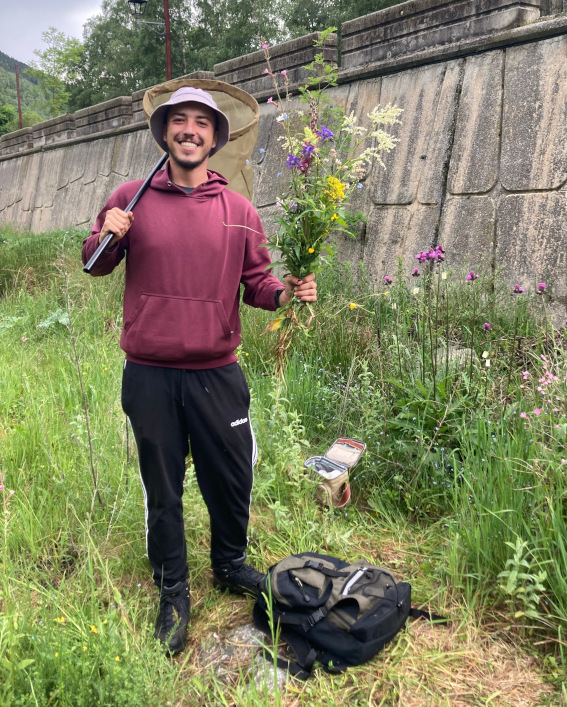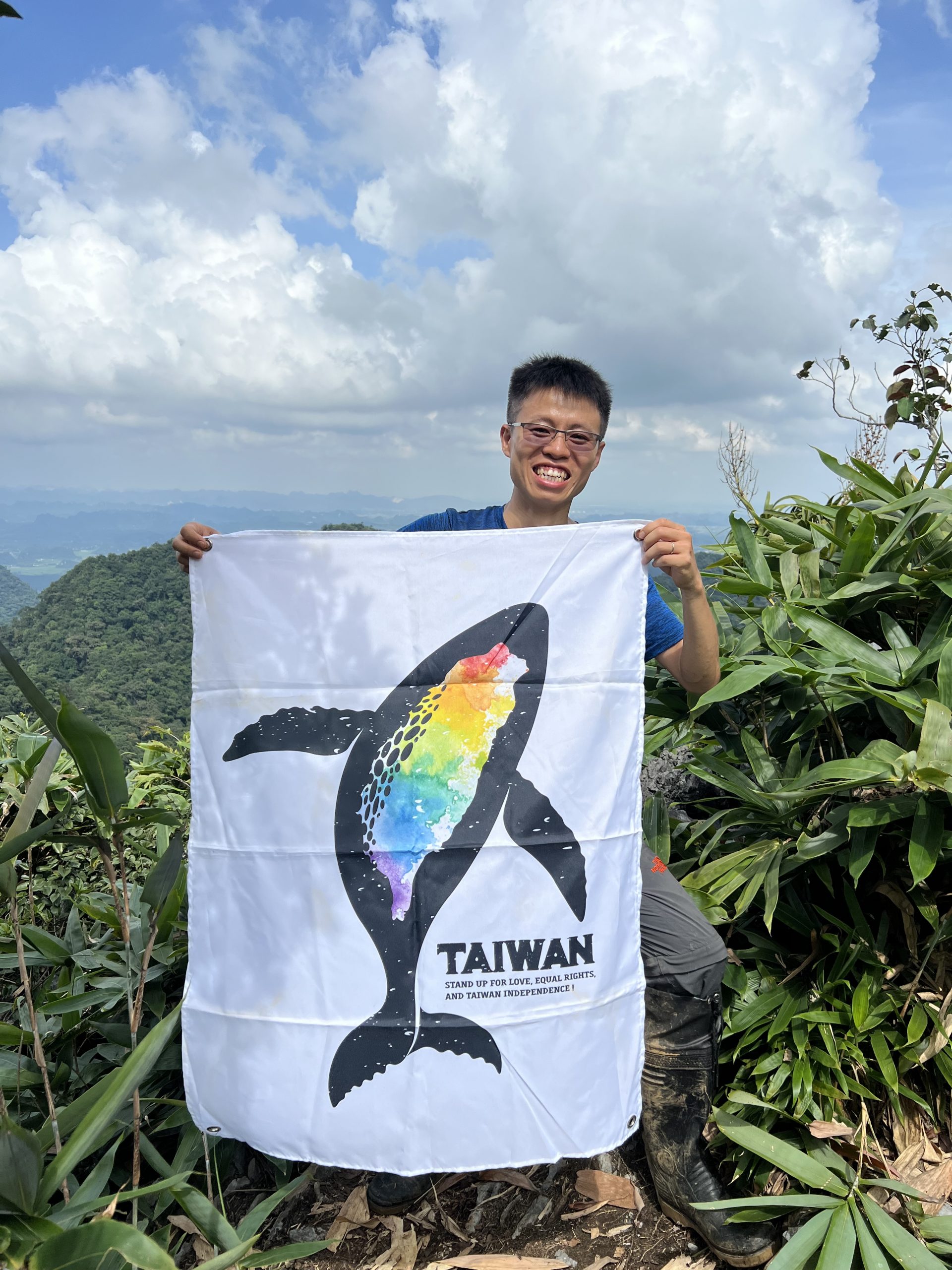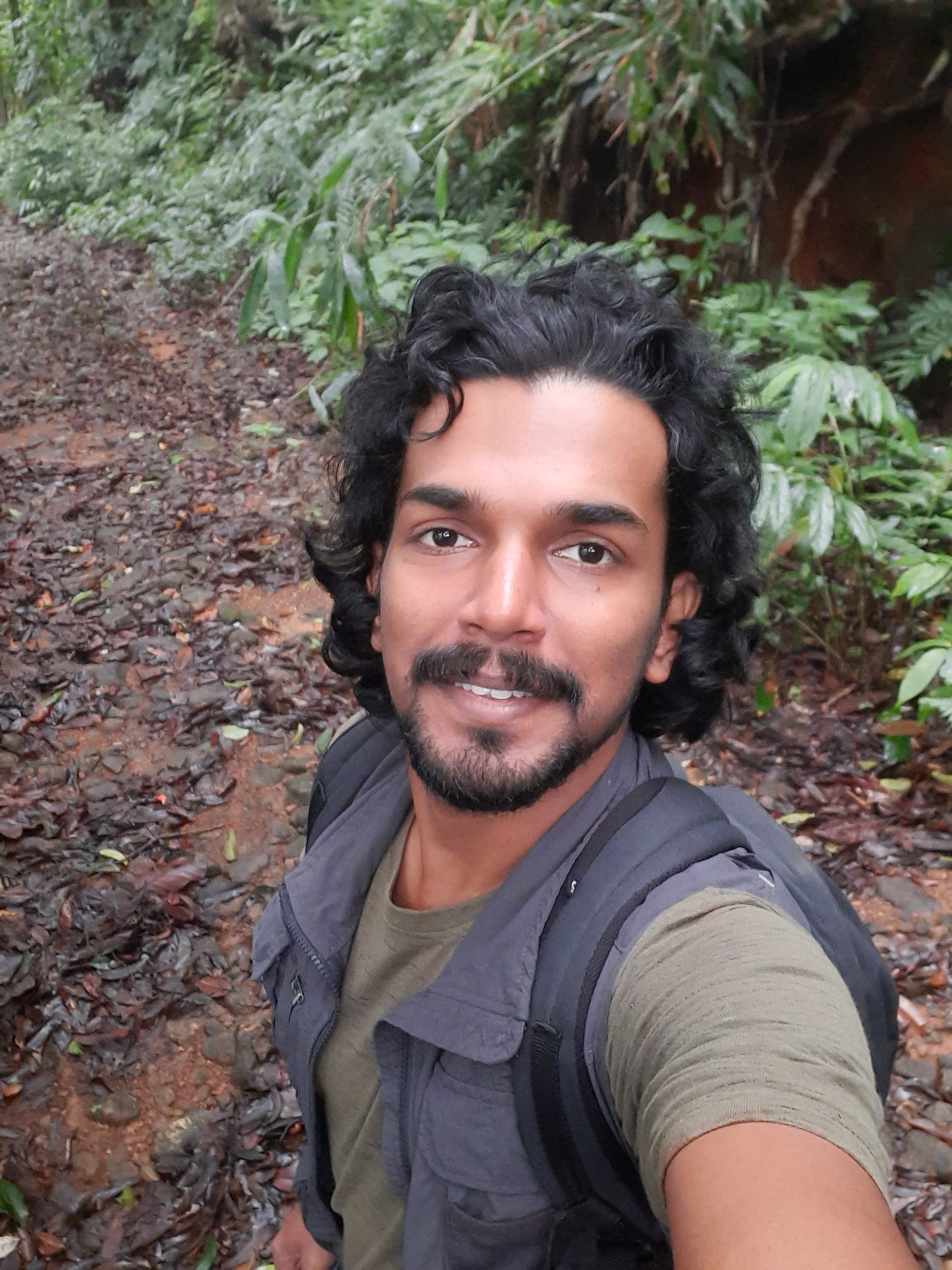The XXth International Botanical Congress (IBC) was recently held at IFEMA in Madrid from July 21st to July 27th, bringing together a remarkable assembly of 3,011 delegates. This prestigious event featured over 1,500 oral presentations across more than 200 symposia and showcased over 1,600 poster presentations, reflecting the vibrant and diverse field of botanical science.
The congress was a resounding success, fostering collaboration and the exchange of cutting-edge research among botanists from around the world. A significant highlight was the approval of the Madrid Declaration, titled “Flourishing Together: Healthier Connections Between Plants and People for a Resilient Planet.” This declaration emphasizes that “Plants are our past, present, and future. They sustain life on Earth,” underscoring the crucial role of plants in supporting life and promoting a sustainable future. Detailed information about the declaration can be found online, emphasizing its importance for the global botanical community.
Marcial Escudero, Organizing Committee
Iván Pérez-Lorenzo Predoctoral student at Botanical Institute of Barcelona (IBB) and the University of Barcelona, Spain.
 Can you tell us a bit about yourself and your research interests?
Can you tell us a bit about yourself and your research interests?
My name is Iván Pérez-Lorenzo, and I am a predoctoral student at the Botanical Institute of Barcelona (IBB) and the University of Barcelona (UB). My thesis focuses on understanding the patterns and processes that have led to the vast diversity of daisies, dandelions, and thistles we see in nature. Specifically, I am interested in discovering which aspects of the reproductive biology of the Asteraceae family are crucial for the existence, maintenance, and success of the capitulum, their inflorescence.
On a more personal note, I am a queer individual from a rural region with significant inequality issues, so science and culture have always been a refuge for me. Consequently, I strive to approach the botanical discipline from a transversal, free, fair, and anti-colonial perspective. This has led me to actively participate in activities that raise the visibility of the LGTBI+ community in science, bring scientific research closer to educational centers at risk of exclusion, and be part of the equality commission at my institution.
Can you briefly explain the research you presented at IBC 2024?
The work we presented at the IBC was an artistic approach to our research. I exhibited a dissection of the yarrow (Achillea gr. millefolium) capitulum, showcasing all the morphological data, along with a pressed specimen on a black background. We also highlighted a piece exhibited at La Escocesa called “Noctes Achillienses,” where we showed videos of nocturnal visitors to Achillea. My colleague Pol Fernandez, together with Paula Bruna, the other co-authors and the “architects” of the poster, created postcards featuring repetitive elements of the genomes we study in our research group. Additionally, I presented another poster as the first author on the use of citizen science in the study of reproductive biology and collaborated on two others related to the use of herbariums and another on the phylogenomics of plants in the Pyrenees.
I am incredibly fortunate to have established collaborations with highly esteemed scientists such as my advisors Oriane Hidalgo and Jaume Pellicer, as well as with talented artists like Paula Bruna. Although my primary focus is botany, I aspire to continue integrating my research with activism and art, as I believe these are transformative tools capable of bringing scientific findings to society, making it a bit more just.
How will you continue to build on this research?
I am eager to continue researching the reproductive biology of Asteraceae, a fascinating field that never ceases to surprise me with each capitulum I dissect, each ecological network I study, and each seed I measure.
Cheng-Wei Chen PhD candidate at Taiwan Academia Sinica and National Taiwan Normal University, Taiwan.
 Can you tell us a bit about yourself and your research interests?
Can you tell us a bit about yourself and your research interests?
Humanity is currently driving the sixth mass extinction event, making urgent and decisive action in biodiversity conservation critical. However, a significant barrier to effective conservation efforts is the lack of comprehensive taxonomic knowledge, which impedes the development of strategies for many endangered species. Ferns and lycophytes are crucial components of tropical ecosystems in Southeast Asia and the Pacific Islands—regions where biodiversity is disappearing at an alarming rate. My research focuses on providing a thorough documentation of ferns and lycophytes in these regions using an integrated approach that includes morphology, cytology, reproductive biology, ecology, and molecular phylogeny. Collaborating with global experts, our team has successfully published updated checklists of ferns and lycophytes for New Guinea, Sabah, Singapore, Sri Lanka, the Solomon Islands, and Taiwan.
What first interested you in this field of research?
During my childhood, I was always fascinated by the beauty of plants. However, it wasn’t until I received an illustrated book about ferns from my cousin that I truly fell in love with ferns. Exploring different habitats and identifying the ferns I discovered quickly became my greatest passion. Throughout my journey to understand the diversity and evolution of ferns, I’ve been fortunate to be accompanied by individuals from diverse backgrounds, ranging from enthusiasts to academics. Their guidance and companionship have profoundly shaped who I am today, and I would be a very different person without their influence.
Can you briefly explain the research you presented at IBC 2024?
My current research focuses on the phenomenon of independent gametophytes in ferns. Ferns have life cycles in which both the gametophyte and sporophyte phases are nutritionally independent and free-living, each with its own distinct geographic distribution. Typically, these two phases share similar niches and distributions, however, studies have shown that the gametophytes of certain ferns are more environmentally resilient than their sporophyte counterparts, allowing them to occupy a broader range of habitats. These gametophytic populations, which exist separately from their sporophytes, are known as “independent gametophytes.” The mechanisms driving the evolution of independent gametophytes remain one of the biggest mysteries in pteridology. To explore this, I use Haplopteris yakushimensis as a model system. This species includes two sister lineages with distinct reproductive behaviors —one with independent gametophytes and one without— offering a unique opportunity to investigate the genetic and environmental factors underlying the emergence of independent gametophytes. In my study, I first clarify the relationship between these two lineages using an integrated methodology. Then, I employ a combination of environmental monitoring, reciprocal transplant experiments, and crossing experiments to determine whether the presence of independent gametophytes is driven by environmental or genetic factors. These approaches aim to provide a comprehensive understanding of the mechanisms behind independent gametophyte formation and contribute to our broader knowledge of fern ecology.
How will you continue to build on this research?
After completing my PhD, I plan to dedicate my research to studying the fern flora of Vietnam. Vietnam, located in one of the world’s biodiversity hotspots, is home to over 12,000 plant species. However, our current understanding of the country’s pteridophytes still largely depends on studies conducted during the French colonial period. For instance, the only comprehensive fern flora of Vietnam was compiled by French botanists more than 80 years ago, and many of the names and classifications they established have not been thoroughly re-evaluated since. Since 2012, I have closely collaborated with local experts on the ferns of Vietnam, resulting in several published works. Building on this foundation, I plan to undertake a project to create a comprehensive list of all published fern names in Vietnam by studying specimens housed in the herbarium of the National Museum of Natural History in Paris. Following this, I will conduct fieldwork to revisit the original type localities. By analyzing new topotypic samples across Vietnam, this project aims to generate valuable insights into fern diversity and ecology. Ultimately, this work will lay the groundwork for an updated and comprehensive fern flora of Vietnam, filling critical gaps in our knowledge and contributing to the conservation of the country’s rich botanical heritage.
Sarath Paremmal PhD candidate at Kerala Forest Research Institute, India.
 Can you tell us a bit about yourself and your research interests?
Can you tell us a bit about yourself and your research interests?
I focus on biodiversity conservation through an ecological and evolutionary perspective. After receiving a master’s in Botany, I joined Kerala Forest Research Institute, Kerala in 2019. Since then, I have been engaged in integrating molecular tools into biodiversity conservation. My ongoing PhD research investigates how landscape variation, isolation and paleoclimate of Andaman and Nicobar Islands have shaped the population genetic characteristics of climbing palm species widely distributed in the archipelago.
What first interested you in this field of research?
My interest in this field stemmed from a combination of my fascination with plants, evolution and genetics and my concern about biodiversity loss. I have been engaged in a project that studies the impact of harvesting pressure and genetic diversity loss in commercially exploited palms of the Andaman and Nicobar Islands. Observations on plant diversity patterns and the uniqueness of different islands during the fieldwork in these understudied groups of islands encouraged me to investigate the micro-evolutionary process in plants, and the role of landscape and climate on shaping the population genetic characters.
Can you briefly explain the research you presented at IBC 2024?
My poster presentation at IBC 2024 shared a portion of my dissertation findings. I am investigating the macroevolutionary history of climbing palm (Korthalsia laciniosa) in the Andaman and Nicobar Archipelago. By combining morphological, genetic, and ecological data, I’m exploring how geographic isolation, landscape features, and past climate changes have contributed to the genetic divergence of these palm populations. Additionally, I’m modelling different population scenarios to understand the species’ demographic history in the archipelago. We could identify the strong influence of both landscape variables and paleoclimate on the genetic divergence of the species and current genetic admixture among populations.
How will you continue to build on this research?
My next steps involve investigating deeper into the impact of paleoclimate and landscape on the genetic structure of the species. I plan to employ a wider range of genetic markers to gain a more comprehensive understanding of how these factors have shaped genetic diversity. Additionally, I will investigate the different gene flow processes that have contributed to the observed genetic admixture among populations.
Diana Cruz-Tejada PhD candidate at the University of Pisa, Italy.
 Can you tell us a bit about yourself and your research interests?
Can you tell us a bit about yourself and your research interests?
I began my career as a botanist in Colombia where I understood the importance of studying plant-environment interactions, especially in ecosystems that face high conservation priorities, such as the tropics. My interest in plants led me to focus on seed dispersal and its dynamics in tropical forests. After acquiring valuable seed science experience, I pursued a PhD in Pisa, Italy, studying germination patterns in one of the most fragile biodiversity hotspots: the Mediterranean. Currently, I focus on the seed germination niche of native plants in the Mediterranean Basin. Under the supervision of Prof. Angelino Carta and Dr. Efisio Mattana, and collaborating with other researchers, we are integrating the existing information, creating and using recent germination databases (MedGermDB, https://doi.org/10.1111/avsc.12771) to model species’ thermal limits for seed germination under current and future climatic conditions.
What first interested you in this field of research?
I believe that one of the most important roles we have as researchers is to ensure the conservation of biodiversity. In this sense, despite historical and future challenges for plant conservation and ecological restoration not only in the Mediterranean Basin but also globally, germination data is still difficult to access and every day I realise how valuable this data can be, being the regeneration niche one of the most vulnerable phases of the reproductive cycle of plants. Thus, I focus on integrating germination data and addressing gaps to better understand plant responses in a constantly changing environment.
Can you briefly explain the research you presented at IBC 2024?
In the IBC 2024 I presented the “Seed germination spectrum of Mediterranean plants”. Ecological theory predicts that in Mediterranean regions, the strong seasonality in precipitation patterns shapes plant reproduction phenology, leading to seed germination during periods of higher water availability. This adaptation has been conceptualised as the Mediterranean seed germination syndrome. However, this hypothesis has been tested mainly on individual species or by local studies, without a proper synthesis for the whole Mediterranean region. We performed a phylogenetically informed meta-analysis to assess this syndrome, modelling germination responses to seven experimental cues. We show that species from lowland zonal habitats align with the syndrome, responding positively to cool, constant temperatures, and negatively to light. Yet, species restricted to mountains, coasts, and wetlands deviate from the syndrome, indicating that evolutionary pressures from local habitat-related conditions override the macroclimatically-imposed Mediterranean seed germination syndrome.
How will you continue to build on this research?
I believe this project and future syntheses on seed functional traits will provide an invaluable resource for biodiversity conservation. The next step will be providing information to prioritise species for future studies that will contribute to increasing the quality of germination data for the conservation and restoration of Mediterranean plant species under climate change scenarios. These data will be a fundamental step towards understanding the extinction risks of native species and preventing the disadvantages that can result from the loss of natural capital.

